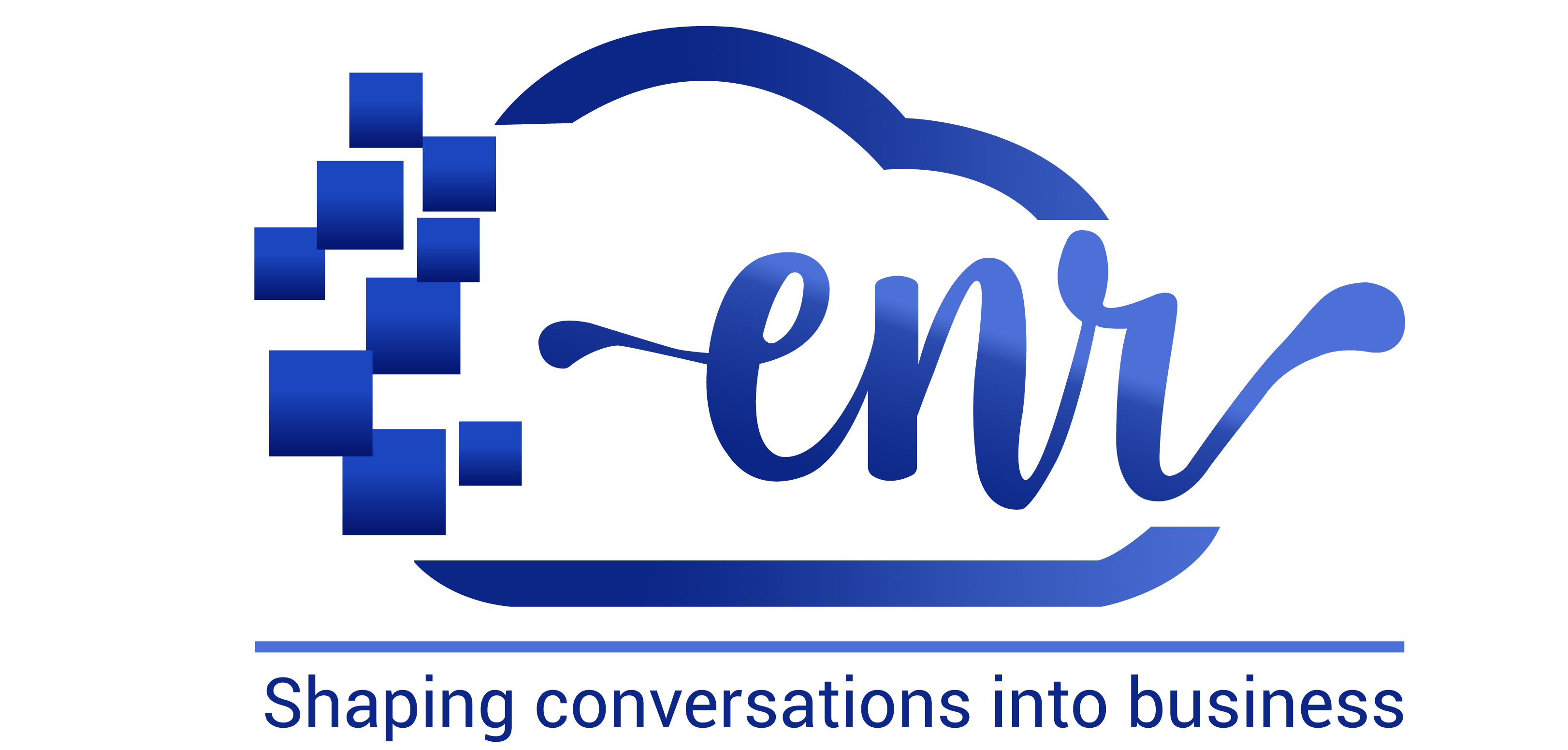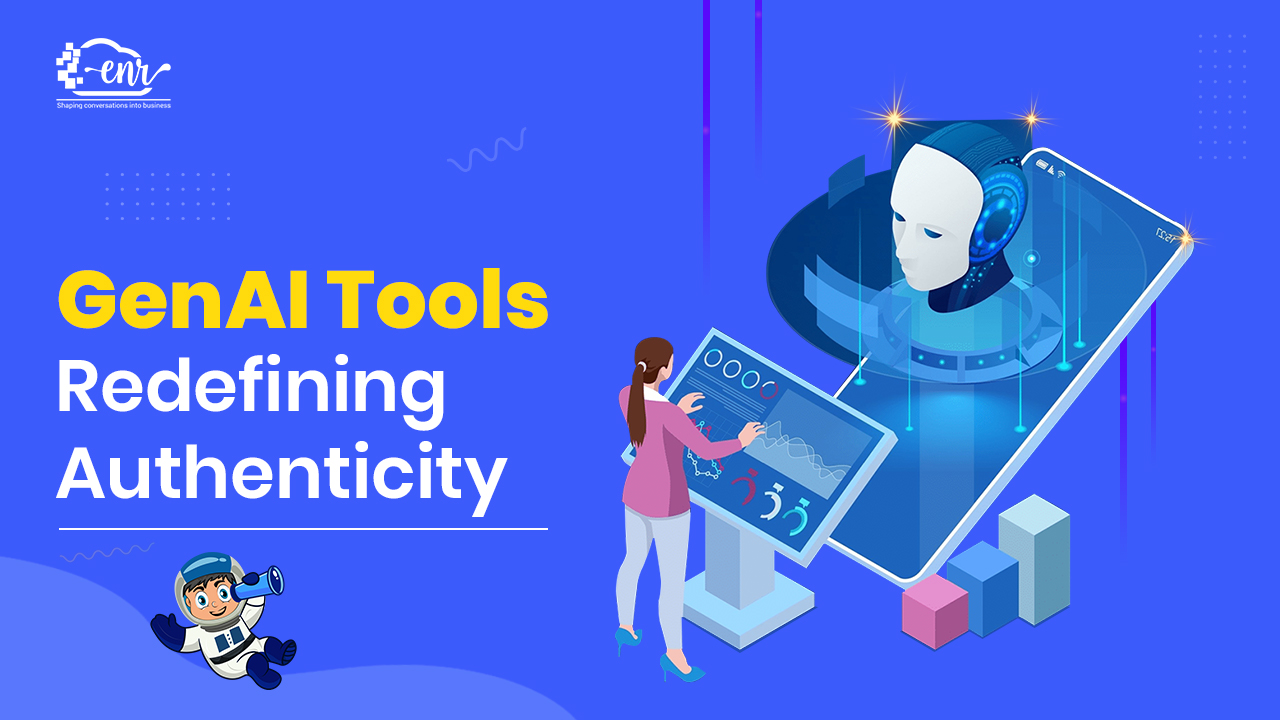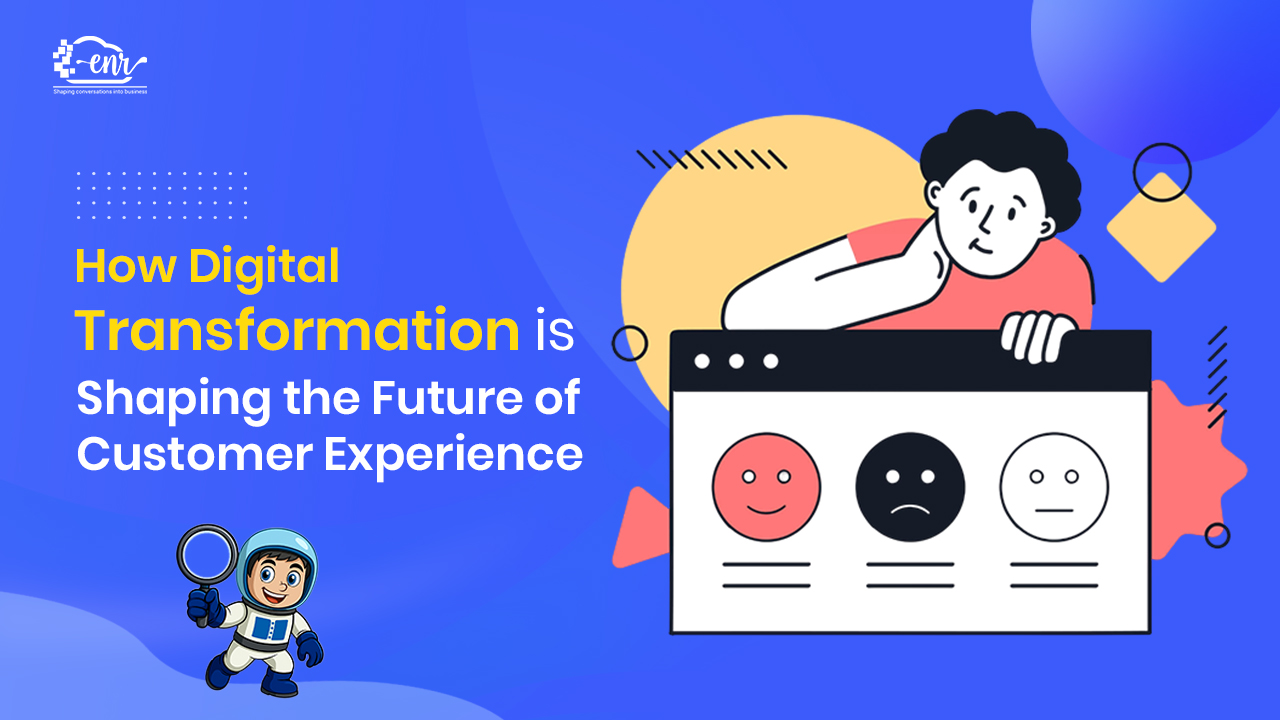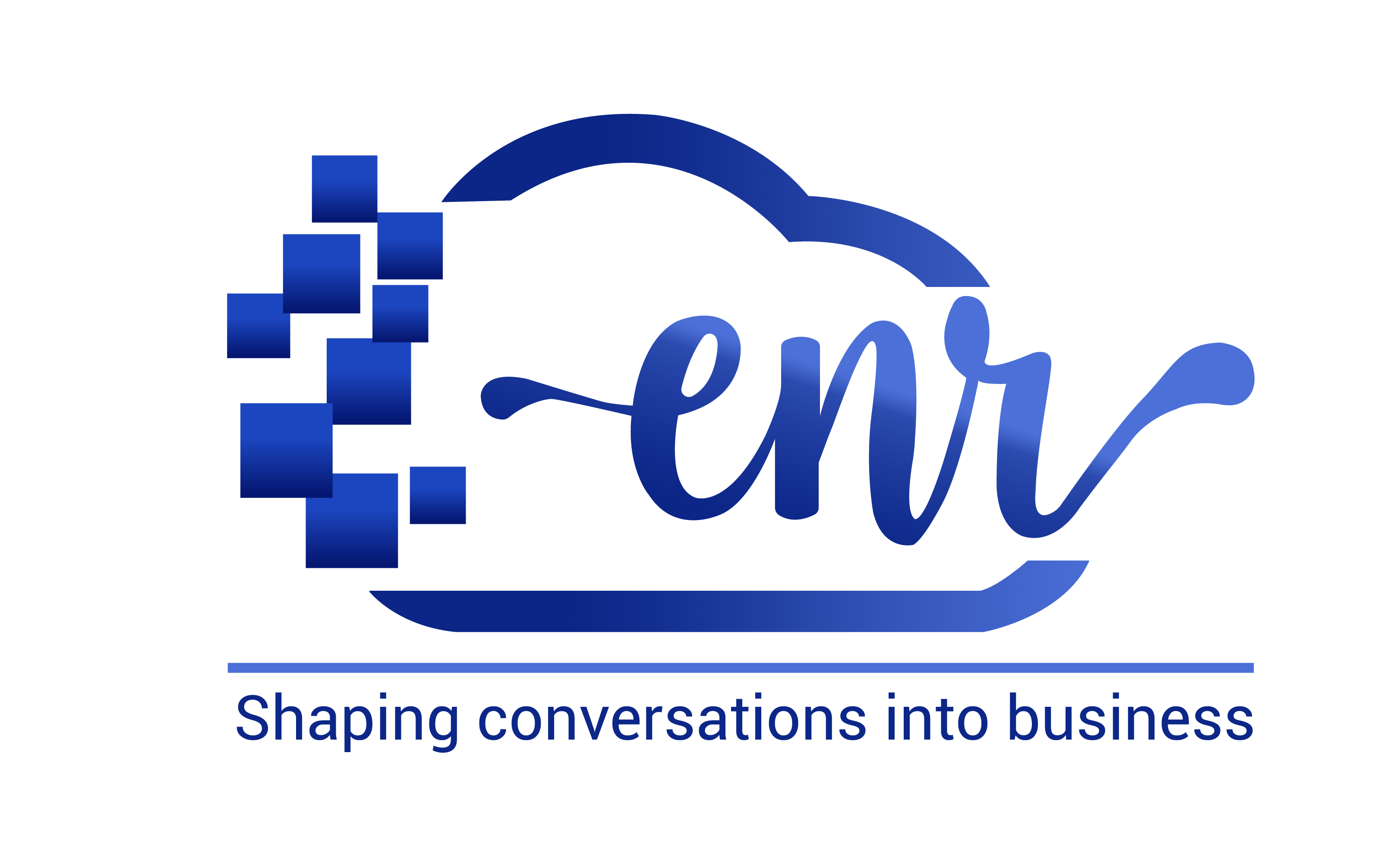With great power comes great responsibility is a very popular saying, and it fits perfectly in the current generative artificial intelligence tools scenarios. Gen AI tools are probably the most popularly searched and bought technology in recent times. The use of generative artificial intelligence has transformed the way that industries work. Gen AI tools have an unprecedented ability to boost productivity, improve time management, and open up content creation by making it accessible for everyone.
Hyper-realistic content, automated workflows, and hyper-personalized customer experiences lend Gen AI an upper hand with endless possibilities. There is a new set of opportunities for businesses and professionals by levelling the playing field for all. However, this popularity, the other side of the coin, has brought up many questions about the authenticity of the outputs and fake or misinformation being produced at levels that were not possible a few years ago.
Experts are raising questions about the authenticity, trust, and the value of genuine human creativity. The traditional norms are no longer applicable and there is a growing demand for new set of rules to verify or determine the authenticity of content creation, sharing and consumption. Below we talk about why there is so much talk about the authenticity of Gen AI tools content, its impact on different aspects of business and how creators can adapt to with generative artificial intelligence to maintain and build trust and credibility.
Table of Contents
ToggleHow deeply embedded are Generative Artificial Intelligence (Gen AI) Tools in our lives?
A few years ago, it was just a stuff in the movies that machines were doing everything. Today, AI is everywhere. Need to plan a trip? Write an eBook? Need ideas for a book? Planning to write a song or design a game? Looking to brainstorm ideas for a product or service? Or just planning to start a venture of your own? Gen AI can help you with everything in minutes and give not one but range of ideas to choose from. Gen AI tools can not only give you ideas but also help you refine them by doing most of the writing, proofreading, drawing, composing, producing realistic images, videos, creating posts, creatives, and so much more.
Generative artificial intelligence is proving to be more creative than humans. Days are not far when Gen AI tools will be churning out codes and generating music. The cost of creation, designing, and testing has gone down dramatically, and there is a demand for a new set of skills from professionals.
These tools can:
- Generate content at scale in seconds with basic inputs, and you can modify and refine or blog posts and digital art on the go.
- Enhance creativity by offering suggestions, presenting variations, and even stimulate the scenarios to augment human creativity.
- Hyper-personalize all interactions by analyzing the history and personalize marketing campaigns, and customer support using VAs and chatbots, and tailor recommendations as per taste.
Why GenAI Tools Have Created A New Demand For Authenticity?
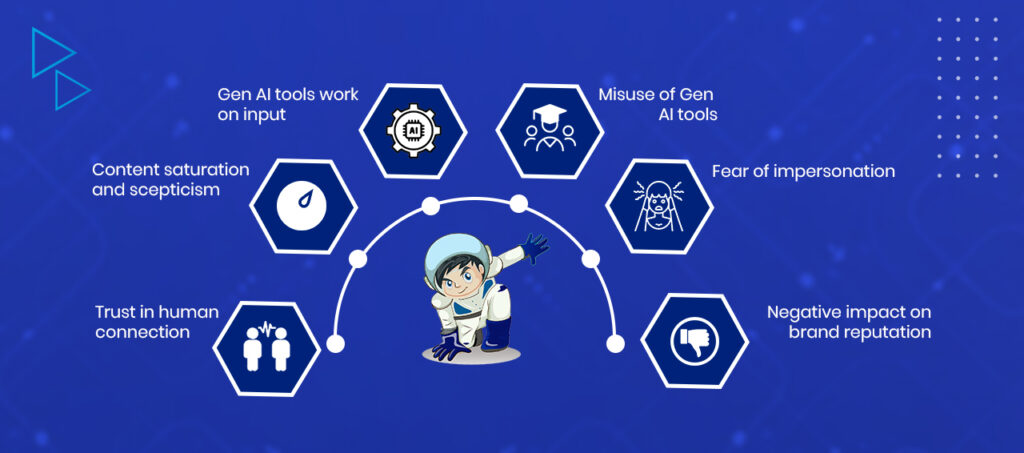
For the good it can do, generative artificial intelligence relies on human input. It does not have consciousness and self-awareness of its own. There are blurred lines between authentic and AI generated content.
Here are some concerns regarding the challenges of Gen AI tools authenticity that need attention today:
Gen AI Tools work on input
It can sometimes throw up inaccurate or harmful information based on the training inputs and create inauthentic content. Recognizing these issues is a major challenge.
Content Saturation and Skepticism
There is a large volume of AI-generated content which lacks originality or genuine intent. With fakes being reported everywhere, there is a growing skepticism among the audience about whether the information being served to them is authentic or algorithmically generated. For example, many eateries are using AI-generated reviews that seem bland and lack the emotional connection that audiences seek, leading to a lack of trust. The modern consumer demands verification and transparency over the origin of any kind of content.
Trust in Human Connection
Even with the extensive use of generative artificial intelligence, consumers still give more attention to the humane stories, emotions, and experiences that speak to them on personal levels. Gen AI tools generate content that lacks human creativity and spontaneity. This lack of human drive behind the narratives has led to a demand for more authentic content that is not AI-generated.
Misuse of Gen AI tools
A few years back it seemed like too far off, but today use of artificial intelligence to create deep fakes, fake news frauds, and plagiarized content has become quite commonplace. There is an urgent need for clear ethical boundaries, rules, and transparency for Gen AI tool content. There is an increased stress on clear authenticity guidelines to enable consumers to distinguish between credible sources and manipulative or deceptive practices.
Fear of Impersonation
As Gen AI tools grow and refine, there is an amplified demand on the ability to separate AI generated content from human created content to avoid the spread of false information and impersonation of individuals.
Negative Impact on Brand Reputation
Consumers buy and recommend the brand they trust. This trust comes from right and authentic information. Brands who use generative artificial intelligence content without full disclosure run the risk of a severely damaged reputation.
How can Businesses and Creators Adapt to Gen AI Tools?
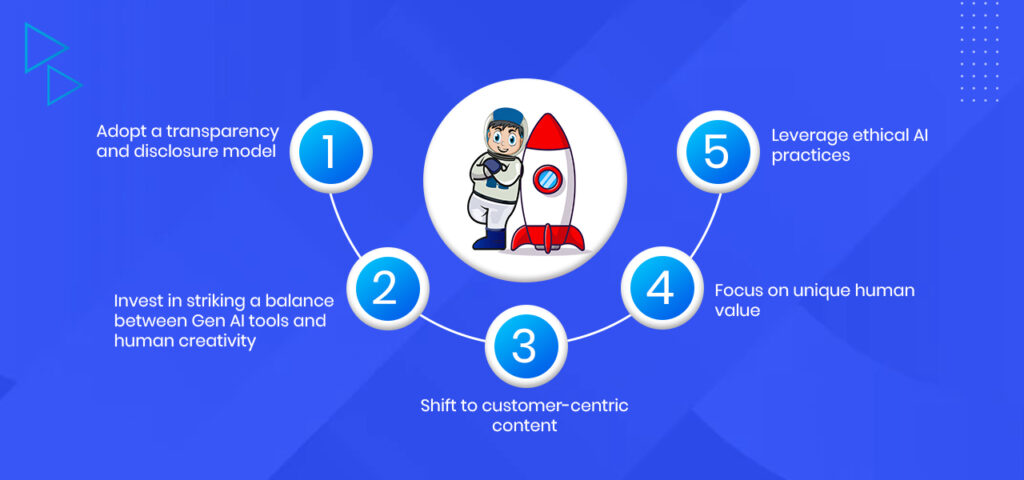
The proliferation of faked content without any regulation has made it hard to know what is real and what’s not. Being able to verify the source of content has never been more important as it is today. Mistrust of online content is now being carried over to legitimate content.
Here are some ways the business and creators can adapt to generative artificial intelligence content:
Adopt a Transparency and Disclosure Model
Clearly disclose the source of the content. Labelling AI-generated content builds trust with the audiences and fosters long-term relationships based on honesty.
Invest in Striking a Balance Between Gen AI Tools and Human Creativity
AI is meant to compliment human creativity and not replace it. Use human inputs to retain originality and emotional depth.
Leverage Ethical AI Practices
Ensure that the content that you put out is not misleading or harmful in any way. Establish ethical guidelines to build credibility with consumers.
Focus on Unique Human Value
Include content that includes personal experiences, emotional narratives, and cultural nuances, things that AI cannot create or fabricate.
Shift to Customer-Centric Content
Instead of sending AI-generated outputs about the brand, focus on content that addresses the customer’s needs and concerns based on Gen AI tool inputs.
Final thoughts
Marketing and advertising, Journalism and media, and art and creative industries are three areas that are most impacted by the authenticity doubts on their content. The need of the hour is to blend AI content with genuine customer testimonials, live interactions, and labelling AI generated content, using user-generated content and showcasing the human effort behind the work to build trust and stand out in the already AI-saturated market.
The demand for authenticity is only going to grow. Businesses who are have prioritized creativity, and transparency, and are practicing ethical AI use will thrive in the new era of GenAI working with human creativity. The aim is to augment human touch and not replace it using generative artificial intelligence.
Read Also: What is Mobile Wallet Marketing? Let’s Explore
Written By – Rajni Bhateja
I’m Rajni Bhateja, and I’m passionate about fostering positive work environments and cultivating employee growth. As the Head of HR and Employee Engagement, I’m dedicated to creating a supportive and inclusive workplace culture that encourages collaboration, innovation, and professional development. With a strong background in human resources and a keen eye for talent development, I strive to inspire and motivate teams to reach their full potential. Let’s connect and explore ways to build a brighter future together!
